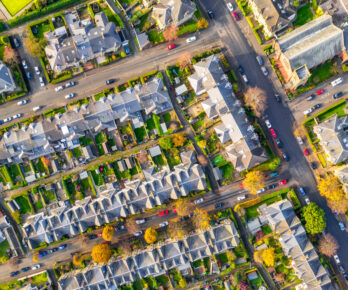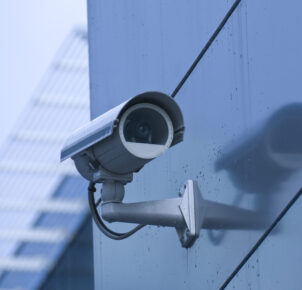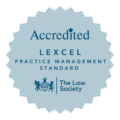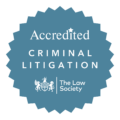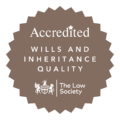The Building Safety Act 2022 (‘the Act’) seeks to protect leaseholders from the unfair burden of remediation costs to make their home safe, subject to the Act applying. Alanis Shaylor and Elliott Brookes in B P Collins’ property litigation team explains how the Act will have an impact on the construction industry and the regulation of higher-risk buildings.
What does the Act mean for residents of higher risk buildings and homeowners?
The Act ensures that those who built defective buildings take responsibility for remedying them, that leaseholders are protected from huge bills for historical safety defects and that the industry contributes to fixing the problem.
Leaseholders must meet certain criteria set out by the Act to establish whether a leaseholder is a ‘qualifying leaseholder’. You are a qualifying leaseholder if your property is in a building above 11 metres (or 5 storeys), and from the 14 February 2022:
- Your property was your main home, or
- You owned no more than 3 UK residential properties in total.
Subject to satisfying the criteria under the Act, a leaseholder will pay nothing to remove dangerous cladding and the Act ensures that any contribution required from qualifying leaseholders for non-cladding defects and interim measures is firmly capped and spread over 10 years. If remediation costs exceed the cap, building owners must make up the difference.
If a resident feels their concerns are being ignored, they can raise them with the new Building Safety Regulator.
What does the Act mean for building owners?
The Act is clear that developers must pay to fix buildings they had a role in developing or refurbishing, even where they no longer own the building. The Act ensures that building owners who are – or are associated with – the developer must pay for the remediation of historical safety defects.
Where a developer cannot be identified or has not yet agreed to pay for its own buildings, funding will be made directly available to pay for cladding system repairs and remediation. This will ensure that no qualifying leaseholder faces costs to remediate unsafe cladding systems on their building.
The Act means building owners will be required to establish safety in relation to planning and design, construction, and occupation.
From April 2023 until October 2023 those responsible for the safety of high-rise residential buildings in England must register with the Building Safety Regulator (‘BSR’). The BSR is an independent body created by the Building Safety Act 2022 and forms part of the Health and Safety Executive (HSE). The Act confirms a high-rise residential building is 18 metres tall or higher, or at least 7 storeys, with two or more residential units. The BSR will require all buildings which satisfy the criteria to be registered, with a named person responsible for maintaining their safety, known as the Accountable Person. The Accountable Person will have an ongoing duty to assess the building’s safety risk and produce a safety case report.
Those who do not register and fail to comply with the registration process will face investigation and may be prosecuted.
The registration process ensures the safety of residents in high-rise buildings is at the forefront fand further ensures that the safety of those residents is ongoing.
Therefore, it is important for homeowners to know when they should or should not be contributing to remedial works. It is imperative those responsible for the safety of high-rise residential building in England register with the BSR between April 2023 and October 2023.
B P Collins’ property litigation team is highly experienced in the issues raised in this article. For further advice please contact enquiries@bpcollins.co.uk or call 01753 889995.


